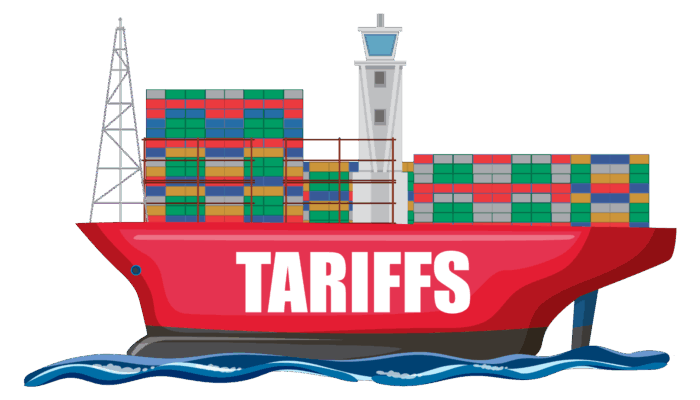Before diving into the technical aspects of an Order Management System (OMS) we wanted to set out what we think are the OMS fundamentals. This blog will help better understand what an OMS is, what it does, and why it is not the same as an ERP system.
What are the Fundamentals of an Order Management System?
Contrary to its name, an OMS is actually a combination of Order Management and Inventory Management. Order management is the process of capturing, modifying and tracking groups of items (orders) as they are orchestrated to and from customers through sales, transfer, and return processes.
Although, effective Order Management is only made possible by accurate and timely inventory information. A modern Order Management System must be able to frequently ingest and process large amounts of inventory data from many sources of supply including Store Inventory, Distributions Centers, 3PLs, and others.
Naturally, an OMS is most suitable for companies with an omnichannel strategy spanning many shipping locations. Think of retailers with multiple shops, distribution centers, warehouses and pick-up points, that offer their products via their webshop, mobile app, drop shipping partners, marketplaces and physical stores.
What does an Order Management System do?
As the inventory information from all the sources of supply is received and processed, the OMS can then provide a near real time product availability picture to all the sources of demand (Web, Mobile, Kiosk, Call Center, Marketplace, etc.).
The OMS must be able to take the physical stock on hand and provide different views of stock availability using configurable buffers and exclusions so that the correct amount of stock is shown to the desired source of demand. For example, a retailer or brand may wish to prioritize inventory on their own web property over what is shown to a marketplace. Alternatively a retailer may wish to keep a buffer of store inventory that is not shown on the web for Buy Online Pick Up in Store (BOPIS) that is less than the actual physical goods on hand.
As a shopper is browsing on the web, they are seeing the results of the Inventory Management’s promises of inventory availability in real time. Once they have built their desired cart of items, the order is confirmed and payment is captured. The OMS then determines the sourcing strategy to effectively fulfill the order based on the promises shown to the customer while browsing. Simply applying a geo strategy of fulfilling from the closest is often not the optimal solution.
A modern OMS must be able to provide a retailer many user configurable sourcing strategy options above and beyond distance to the customer. The retailer must also be able to configure their policy of split shipments vs. only shipping complete orders. Additionally, the retailer may want to consider the current backlog of orders against or current processing time of a given store or warehouse. After the shipping locations are determined, the OMS must then communicate with the ship location and update the end customer of the status or issues of final delivery.
Finally once the item is shipped, if the customer is not satisfied the OMS will also take care of the return flow and manage the disposition of the item to be discarded, returned to stock or returned to the vendor.
Order Management System ≠ ERP?
Order management became a field of attention in the late nineties.
OMS platforms were created from the point of view of what commerce looked like back then. That meant big, rigid all-in-one ERP solutions and monolithic e-commerce platforms.
The tech landscape has changed dramatically over the years, and so did customer expectations. This means that a lot of ERPs and legacy OMS platforms are now outdated and not up to par with what commerce demands from retailers today. For example, most ERPs are able to provide stock information but were never designed to handle the scale of requests from ecommerce.
However, if you want to understand your inventory at scale and apply rules to that, you need a modern OMS. The OMS lies on top of the ERP, and extracts master data from it, and inputs financial settlement data back into the ERP once the order is placed.
The OMS orchestrates the rest of the order management process and is designed to handle multi-location inventory, omnichannel commerce whilst delivering the customer experience that retailers need to keep their competitive edge.
Interested to find out what an OMS will do for your business, feel free to get in touch.
Co-authored by Mark Roex, SCAPE and Chad Hooker, SVP, Global Channel & Alliances, Fluent Commerce.



